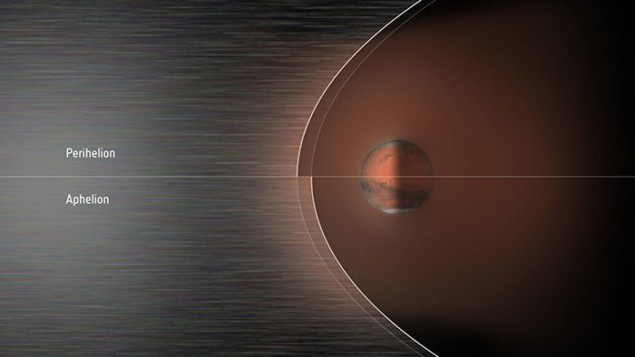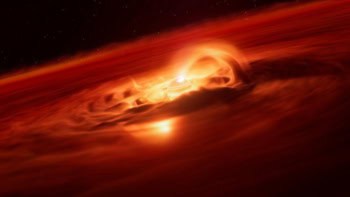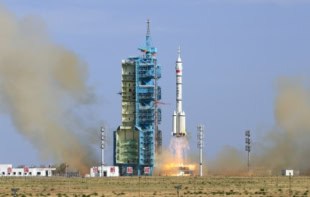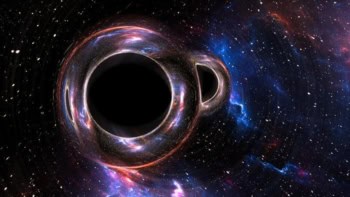
Mars has a relatively large eccentricity as it orbits the Sun and this has a significant effect on how the solar wind is deflected by the Red Planet, according to an international team of astronomers. Benjamin Hall of Lancaster University in the UK and colleagues have discovered that the distance between the planet’s bow shock and Mars itself varies by 11% and suggest it is linked to the solar extreme ultraviolet (EUV) irradiation.
Like a boat
When a boat travels across water, its bow (the front) slows and diverts water around the vessel, creating a wave. On a much larger scale, a similar phenomenon occurs as a planet’s magnetosphere diverts highly energetic particles carried in the interplanetary solar wind. The interaction creates a curved wave – dubbed a bow shock – upstream of the planet as it travels through space.
Measurements of Mars’ bow shock have been reported since missions began to the Red Planet in the 1960s. As Mars is unmagnetized but has an atmosphere, the main obstacle for the solar wind is the ionosphere and induced magnetosphere. The planet also has an extended exosphere due to its relatively small size, mass and therefore gravity, which interacts with the solar wind.
Five Martian years
While previous studies have shown that the bow-shock’s location changes during the Martian year, Hall and colleagues have investigated how and why this variation occurs. The team analysed five Martian-years’ worth of data from the European Space Agency’s Mars Express orbiter to identify 11,861 bow-shock crossings. This is the longest period to be analysed and approximately covers a full solar cycle. Each crossing was mapped to the terminator plane (the day–night boundary) to allow direct comparisons.
The team discovered the bow shock is, on average, closer to Mars (minimum 8102 km) when the planet is furthest from the Sun – at aphelion – and further away (maximum 8984 km) when the planet is at its closest point to the Sun – at perihelion. The variation also correlates with the annual changes in atmospheric dust as Martian dust-storm season occurs around perihelion when the solar radiation is higher and the planet is warmer.
Slowing the solar wind
As the bow-shock distance from Mars increases linearly with solar EUV irradiation, while reducing via a power-law relationship with solar-wind dynamic pressure, the former is likely the major driving factor. Hall and colleagues suggest that when closer to the Sun, the enhanced solar EUV increases the number of exospheric ions. This can then act to slow the solar wind and hence raise the bow-shock location. The EUV may also enhance the total electron content and pressure within the ionosphere to form a more effective barrier to the solar wind.
Presenting their work in the Journal of Geophysical Research: Space Physics, the researchers highlight the need for further investigations by the Mars Express Orbiter and NASA’s MAVEN mission.
Meanwhile, another Martian study has been published in Nature Geoscience. Using numerical simulations, researchers from France suggest Mars experiences localized snowstorms during the night.



